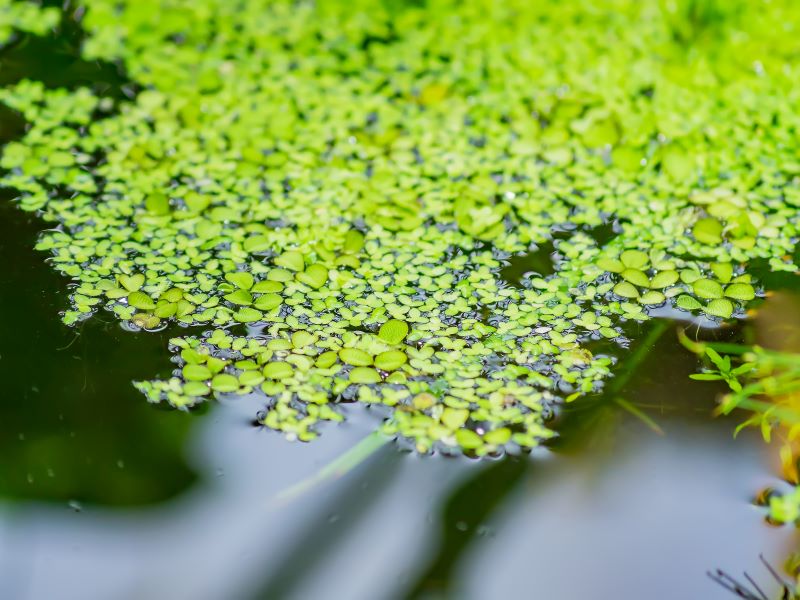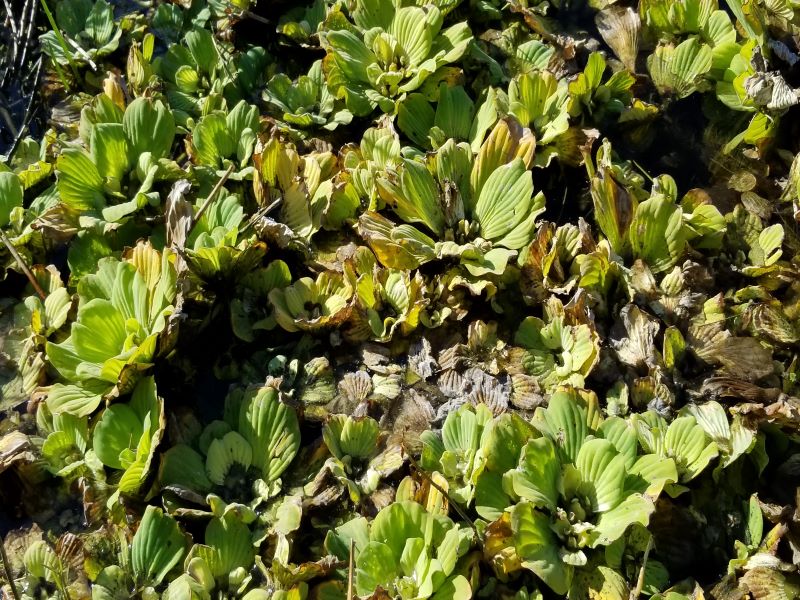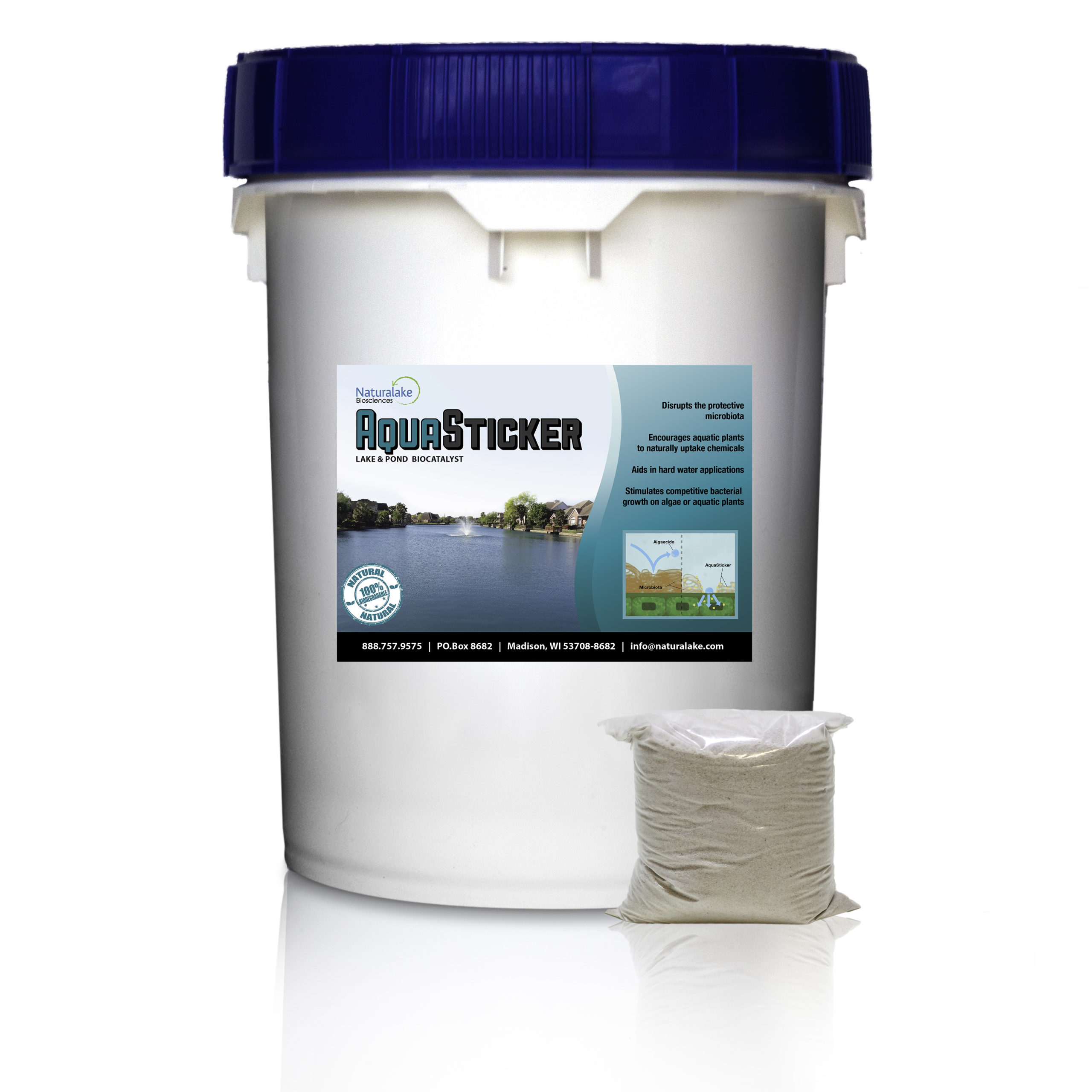Duckweed, bladderwort, giant salvinia, water hyacinth, and watermeal are not just funny names that are hard to spell. They are all common examples of floating aquatic plants. This means the plants float entirely or partially on the water’s surface.
While many floating aquatic plants are aesthetically pleasing, they can also be both a nuisance and difficult to control, especially those designated as invasive species in some areas. They typically have extremely rapid growth rates and multiple ways of spreading, including by fragmentation. Floating plants are also particularly dangerous when left unmanaged. They can clog waterways, choke out native vegetation, rapidly increase sedimentation, and cause flooding.



Controlling Unwanted Floating Plants
Several methods can all be used to control floating aquatic plants depending on the targeted species and the particular application. Most commonly, aquatic professionals apply aquatic herbicides with the aim of injuring the plant tissue or getting the plant to absorb the chemistry, so that it’s killed from the inside. However, aquatic plants are resilient and use an array of tools to repel or fend off chemical attacks. A plants microbiota can signal to adjust metabolic activity in stressful conditions. Cuticles or embedded waxes that cover the epidermal cells of plant leaves act as a repellent and reduce chemical contact time. Limiting exposure time reduces the ability of herbicides to damage the plant.
Giving Your Treatments Leverage
To improve the efficiency of aquatic herbicide treatments and ensure the herbicide effectively reaches the targeted floating plant, Natural Lake Biosciences developed an all-natural biocatalyst called AquaSticker. AquaSticker is a biological sticking agent that disrupts the protective microbiota on the surface of floating plants. It stimulates competitive bacterial growth which encourages plants to quickly and naturally uptake more herbicide.
- Disrupt the protective microbiota
- Encourage chemical uptake in plants
- Stimulate competitive bacterial growth
- Aid in hard water applications
AquaSticker Study
AquaSticker + Flumioxazin
Flumioxazin alone
Studies have shown AquaSticker aids herbicides in treatments on a variety of floating aquatic plants. In a study lead by Dr. Charles Webber, the addition of AquaSticker to Flumioxazin treatments on duckweed resulted in improved response time and overall control. At 7 days after treatment (DAT), AquaSticker and Flumioxazin treatments achieved 95% control of duckweed. Flumioxazin alone achieved only 75% control during the same time period. In addition, at 10 DAT the treatments with Flumioxazin and AquaSticker had no signs of duckweed regrowth. In a field case study, AquaSticker is used in combination with diquat, flumioxazin, and chelated copper to successfully treat bladderwort and watershield.


